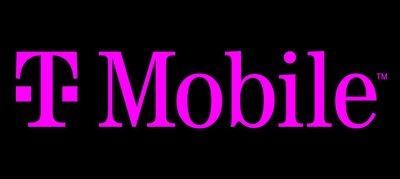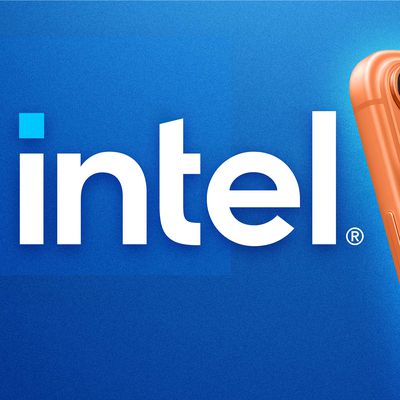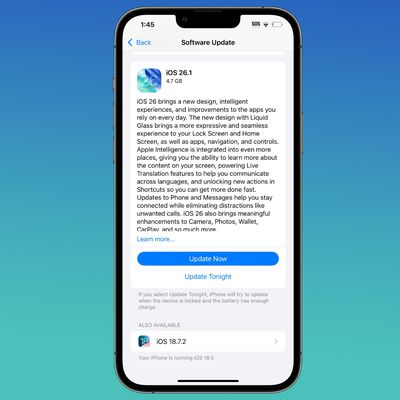T-Mobile's 'Ultra Capacity' 5G Now Covers 200 Million People
T-Mobile today announced that its high-speed "Ultra Capacity 5G" is now available to 200 million people across the United States, with the carrier hitting the milestone weeks ahead of schedule.

Ultra Capacity 5G is T-Mobile's higher-speed 5G network that's faster than the Extended Range 5G network that covers 308 million T-Mobile customers. While Extended Range 5G offers LTE-like speeds, Ultra Capacity 5G is more capable.
T-Mobile initially planned to cover 200 million people by the end of 2021, and has met that goal early. As noted by The Verge, this is a theoretical maximum based on the coverage that T-Mobile offers. In reality, T-Mobile has just over 100 million subscribers, not all of whom will be able to access the 5G speeds due to location or device limitations.
T-Mobile's Ultra Capacity 5G largely relies on mid-band 2.5GHz spectrum rather than the mmWave 5G spectrum used by other carriers like AT&T and Verizon. As T-Mobile explains in the press release announcing the coverage, the company aimed for mid-band spectrum to bring 5G speeds to the maximum number of people, and T-Mobile has been rolling out the 2.5GHz spectrum since it acquired Sprint.
Faster mmWave 5G speeds from AT&T and Verizon are largely limited to select areas in major cities, though both carriers have slower sub-6GHz 5G coverage available as well. AT&T and Verizon were planning on rolling out mid-band spectrum starting this year, but their plans have been delayed due to the FAA's concerns about aircraft interference.
T-Mobile's focus on mid-band spectrum is the reason why T-Mobile was the fastest 5G carrier in the United States in PCMag's annual test. T-Mobile's wider coverage allowed the carrier to achieve the highest average speeds of 162.3Mb/s, beating out AT&T and Verizon. Verizon had the fastest speeds overall, but its coverage was much more limited due to the current lack of mid-band spectrum and the limited availability of its mmWave speeds.
Popular Stories
Apple is about to release iOS 26.2, the second major point update for iPhones since iOS 26 was rolled out in September, and there are at least 15 notable changes and improvements worth checking out. We've rounded them up below.
Apple is expected to roll out iOS 26.2 to compatible devices sometime between December 8 and December 16. When the update drops, you can check Apple's servers for the ...
Intel is expected to begin supplying some Mac and iPad chips in a few years, and the latest rumor claims the partnership might extend to the iPhone.
In a research note with investment firm GF Securities this week, obtained by MacRumors, analyst Jeff Pu said he and his colleagues "now expect" Intel to reach a supply deal with Apple for at least some non-pro iPhone chips starting in 2028....
A U.S. appeals court has upheld a temporary restraining order that prevents OpenAI and Jony Ive's new hardware venture from using the name "io" for products similar to those planned by AI audio startup iyO, Bloomberg Law reports.
iyO sued OpenAI earlier this year after the latter announced its partnership with Ive's new firm, arguing that OpenAI's planned "io" branding was too close to its...
Apple's iPhone development roadmap runs several years into the future and the company is continually working with suppliers on several successive iPhone models at the same time, which is why we often get rumored features months ahead of launch. The iPhone 18 series is no different, and we already have a good idea of what to expect for the iPhone 18 Pro and iPhone 18 Pro Max.
One thing worth...
In a statement shared with Bloomberg on Wednesday, Apple confirmed that its software design chief Alan Dye will be leaving. Apple said Dye will be succeeded by Stephen Lemay, who has been a software designer at the company since 1999.
Meta CEO Mark Zuckerberg announced that Dye will lead a new creative studio within the company's AR/VR division Reality Labs.
On his blog Daring Fireball,...
Apple is expected to launch a new foldable iPhone next year, based on multiple rumors and credible sources. The long-awaited device has been rumored for years now, but signs increasingly suggest that 2026 could indeed be the year that Apple releases its first foldable device.
Subscribe to the MacRumors YouTube channel for more videos.
Below, we've collated an updated set of key details that ...
There is uncertainty about Apple's head of hardware engineering John Ternus succeeding Tim Cook as CEO, The Information reports. Some former Apple executives apparently hope that a new "dark-horse" candidate will emerge.
Ternus is considered to be the most likely candidate to succeed Cook as CEO. The report notes that he is more likely to become CEO than software head chief Craig Federighi, ...
Apple is encouraging iPhone users who are still running iOS 18 to upgrade to iOS 26 by making the iOS 26 software upgrade option more prominent.
Since iOS 26 launched in September, it has been displayed as an optional upgrade at the bottom of the Software Update interface in the Settings app. iOS 18 has been the default operating system option, and users running iOS 18 have seen iOS 18...
Apple today seeded the release candidate versions of upcoming iOS 26.2 and iPadOS 26.2 updates to developers and public beta testers, with the software coming two weeks after Apple seeded the third betas. The release candidates represent the final versions of iOS 26.2 and iPadOS 26.2 that will be provided to the public if no further bugs are found during this final week of testing....
Apple's senior vice president of hardware technologies Johny Srouji could be the next leading executive to leave the company amid an alarming exodus of leading employees, Bloomberg's Mark Gurman reports.
Srouji apparently recently told CEO Tim Cook that he is "seriously considering leaving" in the near future. He intends to join another company if he departs. Srouji leads Apple's chip design ...

























